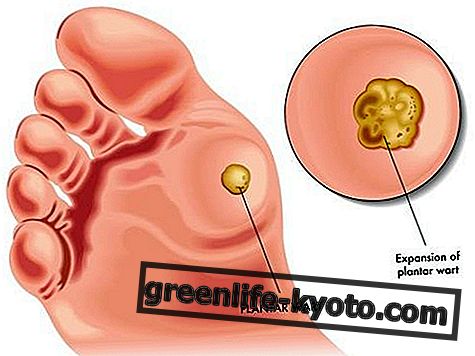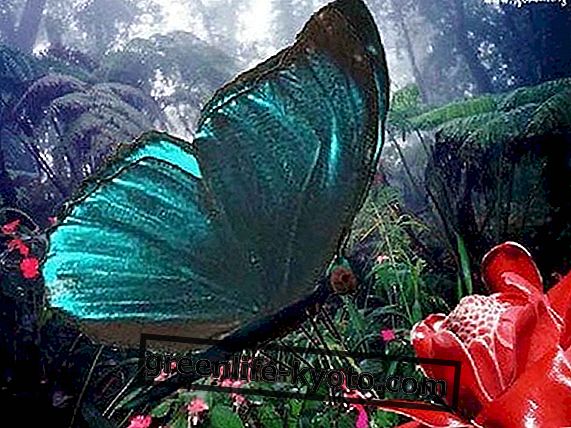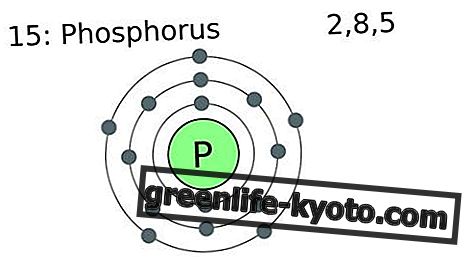The passionflower ( Passiflora incarnata ) is a medicinal plant belonging to the Passifloracee family. Originally from the tropical and subtropical areas of central and southern America, it was introduced into Europe in 1610 by Emmanuel de Villegas, an Augustinian father who returned from Mexico. Today it is known for its calming action, and is in fact used for disorders of the nerve sphere. Let's find out about the characteristics and side effects of passion flower .

Passiflora: characteristics and properties
The passionflower is a perennial herbaceous plant with shrubs with a climbing habit. The stem is branched and thin, the leaves are alternate and lanceolate, the flowers are hermaphroditic, with bracts of various shapes, 5 sepals, 5 petals and a crown of filaments.
The fruits are ovoid berries with an internal gelatinous pulp rich in small flattened seeds.
Passion flower is rich in alkaloids, flavonoids, phytosterols, phenol acids, coumarins, heterosides, cyanogens, traces of essential oil. It acts on the central nervous system performing a calming, sedative and anxiolytic action.
Passion flower, therefore, is useful in cases of insomnia, stress, anxiety, neurosis, menopausal disorders, depression and tachycardia.
Furthermore, the presence of armanic alkaloids gives it an antispasmodic action, which leads to the relaxation of the smooth muscle tissue of the uterus, the gastrointestinal and bronchial apparatus.
Side effects of Passionflower
Passion flower should not be taken in conjunction with other anxiolytic drugs as it may enhance its effects, leading to:
- nausea,
- He retched,
- tachycardia, hyperexcitation and hallucinations (paradoxical effect).
Furthermore, the use of passion flower is not recommended in case of pregnancy as it contains oxyhocinic armalines, which can cause preterm contraction.
Given its calming action, which can induce sleepiness, passion flower should not be taken in the case of driving or carrying out dangerous work, because it could alter the readiness of the reflexes.
You might also be interested in:
> Properties and use of passiflora mother tincture
> Nervousness? Try the passion flower!
> Goodbye insomnia, thanks to the passion flower
> Passion flower species and their cultivation
> The fruit of the passion flower
> How is passion flower grown?













